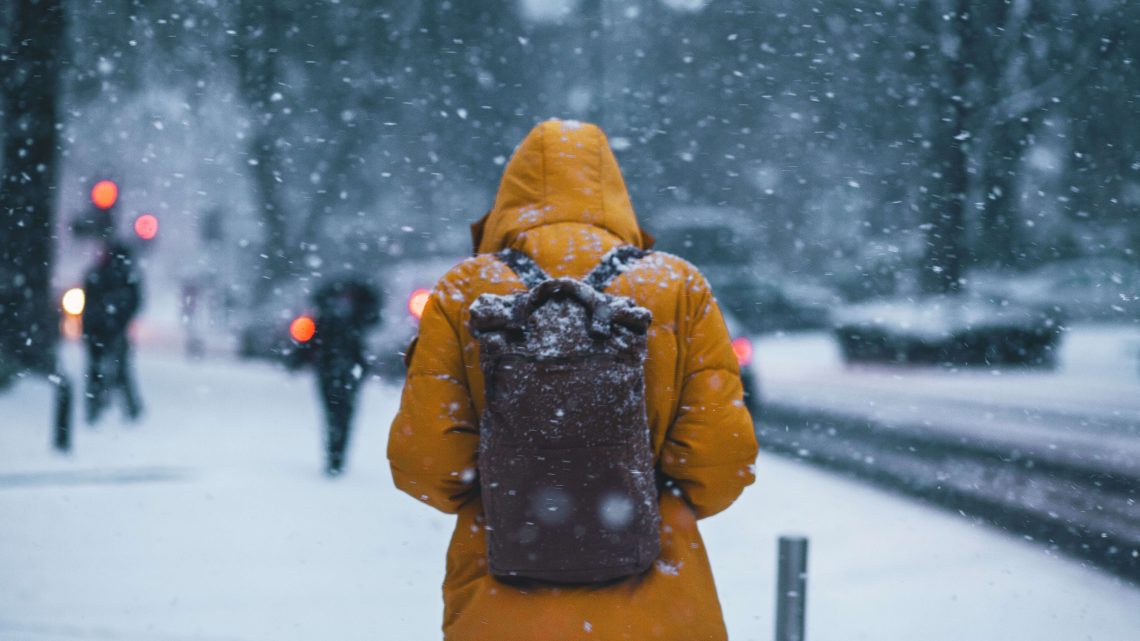As regions across the United States experience heavy snow, ice, and rainfall, it’s important to be mindful of the increased risk of slip and fall incidents. While most slip and fall accidents fortunately result in nothing more serious than minor injuries, a fall is capable of causing more serious harm. To help you and your loved ones safely keep your footing amidst winter weather conditions, we put together this article on cold-related dangers to be aware of.
What Injuries Can a Slip & Fall Cause?
Many falls result in nothing more serious than bumps or bruises. However, falling on a hard surface is capable of causing serious or even life-changing injuries. The manner in which a victim lands, the cushion of the surface they land upon, and the presence of any underlying injuries or medical conditions can determine the severity of harm suffered in a fall. Brady Reilly & Cardoso, LLC notes that “a slip and fall caused by ice or snow” may result in:
- Broken bones or fractures
- Head, neck, or spinal injuries
- A traumatic brain injury
- Severe cuts
- Facial injuries
- Wrist, elbow, or shoulder injuries
Preventing a Slip & Fall in Winter Weather
The best way to avoid serious injury in a winter slip and fall is to prevent yourself from taking a tumble in the first place. To protect yourself and your loved ones from slippery or slick surfaces, it is a good idea to:
- Wear proper shoes: If you find yourself dealing with wet, icy, or snow-covered surfaces, it is essential to wear shoes that can provide sufficient traction. Wearing shoes or boots with proper texture and grip can help you maintain your footing in even the most treacherous of conditions. If you are in an area with heavy snowfall or particularly icy streets, a good pair of winter boots may be a worthwhile investment. Be sure your shoes fit your feet well and have wide, low heels to maximize traction.
- Keep your hands free: During the colder months of the year, wear gloves so that you can keep your hands warm without leaving them in your pockets. If you fall, having your hands free allows you to brace yourself for the impact. Try to stay off your phone and avoid carrying bulky objects while walking in snow or ice.
- Use a handrail when possible: Having a fixed, stable object to hold onto while walking can help you maintain your footing. If you sometimes walk with a cane, it is advisable to use your cane while out and about in icy conditions.
- Take smaller steps: Taking small, shortened strides is always a smart thing to do in cold weather. You’ll be able to better control your momentum and avoid slipping while trying to take a step. If you find yourself on a patch of ice or another slippery surface, try shuffling your feet instead of lifting them off the ground.
- Step down from your car, not out: When you exit your car, place both feet firmly on the ground beside the vehicle before attempting to stand up. Planting both feet gives you more stability, and you can also use your car’s door to help you stand.
- Pay attention to the ground: In cold weather, ice or water may be present around the entryways of buildings. Be sure to keep an eye out for any signs of water or ice on the ground when exiting or entering a building, even if you believe that the entryway has been cleared of snow.
- Plan trips ahead of time: It’s particularly important to give yourself plenty of time to reach your destination in the winter months. Not only is there an increased risk of slipping on treacherous walkways, but the chances of getting into a weather-related car accident are higher as well.
What to Do After Suffering a Slip & Fall
If you do slip and fall on a slick or icy surface, it’s essential to take steps to protect your well-being and legal rights. After suffering a fall, you should:
- Check yourself for injuries: Although you may instinctively want to get back to your feet as quickly as possible to spare yourself any embarrassment, stay down for a moment. Trying to stand up quickly on a wet or icy surface may lead to a second fall. Instead, check for any signs of numbness, swelling, bruising, or pain. Even if you feel fine, you may have suffered injuries that will take time to show symptoms.
- Report the accident: Find the property owner, manager, or another responsible party to report the incident. Explaining the situation promptly may allow corrective action to be taken, thus sparing someone else the same experience. If you fell in a store, apartment building, or place of work that is covered by cameras, request a copy of any video footage.
- Document what happened: Before leaving the scene of your fall, take photographs of the area. Focus on any hazards, such as a patch of ice, that caused you to slip. Take down the contact details of any bystanders.
- See a doctor: Even if you feel as though you escaped without suffering serious harm, you should see a doctor as soon as possible. A medical expert may be able to uncover any injuries you sustained that were not immediately evident.
- Speak with a lawyer: Before starting the process of filing an insurance claim, speak with a local injury attorney. They can help you understand the legal details of your accident and fight to secure fair compensation for any injuries.
When Traveling in Winter, Be Particularly Cautious
Winter provides a wonderful opportunity to enjoy the beauty of nature, but it’s important to be cautious when traveling in frigid conditions. Hazards such as slippery sidewalks, icy entryways, and snowy parking lots can cause issues for anyone at a moment’s notice. Always be aware of your surroundings and prepare to catch yourself in the event of a fall.



No Comment